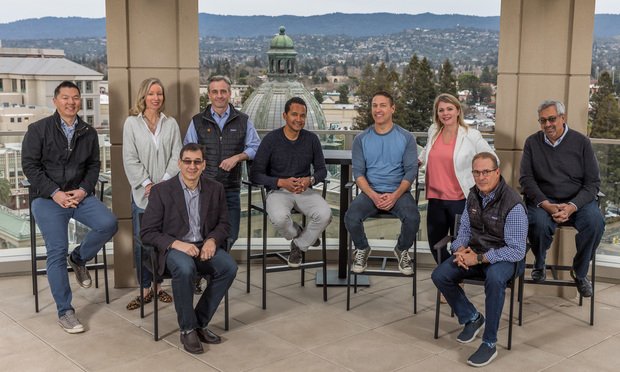In the wake of last week’s determinative elections, it’s interesting to take note of how progressive/conservative voting patterns match up against the investment prospects of various real estate markets and regions. Election junkies will note that a sea of conservative red covers most of the U.S., especially in the South and Midwest with blue bastions concentrating along the Northeast and West Coasts as well as interior urban centers like Chicago, Minneapolis, and Denver.
Take the analysis a step further, and you’ll note that the entrenched top five Emerging Trends investment markets—Washington DC, New York, San Francisco, Seattle and Boston—are solid blue. And among the top ten markets, only Dallas and Houston edge into the red zone.
Now some might argue that the blue leanings of these top investment markets, including Los Angeles, should be no surprise since minorities and liberal types tend to cluster in these places, and these groups overwhelmingly vote Democratic. But these 24-hour gateways also attract outsized numbers of brainpower workers and increasingly concentrate the country’s most dynamic industries—software, biosciences, technology, and financial services as well as leading educational and cultural institutions. They are the nation’s most important entry points for overseas commerce and generate outsized per capita shares of economic activity. Property values have held up better in these markets and they are expected to recover faster—and smart real estate investors concentrate their bets on these important centers.
Unfortunately, most of red America lags in recovery with problematic prospects for future growth and dispiriting outlooks for sustained prosperity. The flagging manufacturing swath extending from upstate New York west to St. Louis grimly sinks deeper into a reality that politicians don’t want to talk about: all those high paying, benefit rich blue collar jobs aren’t coming back. The Sunbelt states appear somewhat better positioned, but their heady expansion in recent decades was fueled by a massive construction boom and enabled by ample credit for people to buy new homes and all that stuff to furnish them. Too much was built and now many overleveraged people lose their homes or cannot afford to buy houses—the construction boom is over and easy credit won’t be available. These right-to-work states have attracted some manufacturing, but the jobs pay a fraction of old-style union wages and benefits. With federal dollars drying up, the costly burden of maintaining and expanding necessary infrastructure shifts squarely on local governments, which tack into retrenchment mode. And oh by the way, Austin and Raleigh Durham (Research Triangle), two of Emerging Trends top Sunbelt markets, also voted blue (but let’s not take this too far).
So it’s no wonder that real estate investors increasingly steer clear of red areas where voters expressed their frustration loud and clear over what appears to be more compromised futures. It’s almost axiomatic, the redder the place, the more capital wants to avoid it. Places that can attract intellectual capital to innovate and spur new industry will perform better. We’ve seen that over time for the nation’s 24-hour cities. And that’s one trend that shows no signs of abating just like the nation’s political divide.
© 2025 ALM Global, LLC, All Rights Reserved. Request academic re-use from www.copyright.com. All other uses, submit a request to [email protected]. For more information visit Asset & Logo Licensing.








